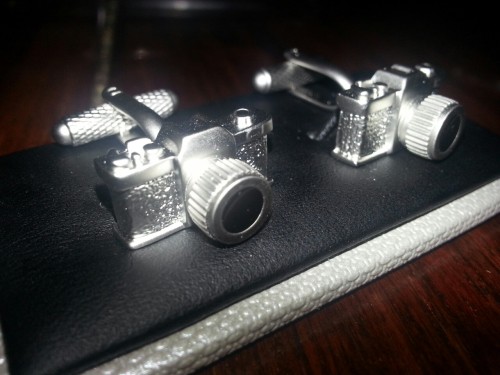Musings
24 posts
Abbey View
Abbey View
Abbey View.
View On WordPress
More Posts from Cmdrbonduk
11 years ago

Adobe Creative Cloud embraces I've taken the plunge and opted for the Photoshop and Lightroom special offer combo from Adobe. Literally for a few pounds a month I have the very latest software from Adobe, with all updates, tweaks and free training on offer.
13 years ago
ROBOTS OR DINOSAURS?
Robots... has to be.
10 years ago

“It’s easy to take off your clothes and have sex. People do it all the time. But opening up your soul to someone, letting them into your spirit, thoughts, fears, future, hopes, dreams… that is being naked.” -Rob Bell
12 years ago

Camera cufflinks, my favourite Christmas present
11 years ago
